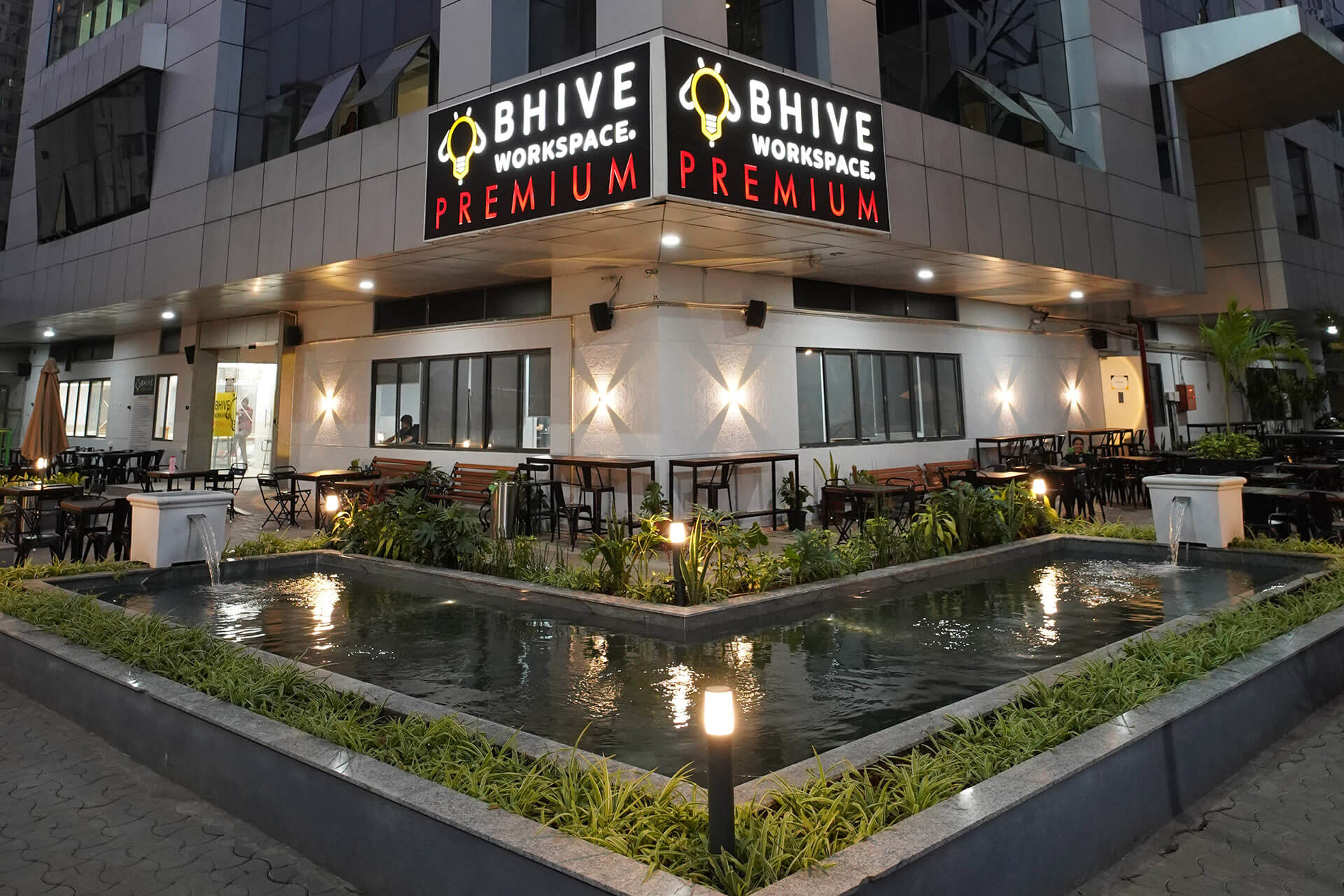- Social Distancing: Something as simple as pulling up in a car and having a valet take your car and park it in the hotel parking, that'll have to change. Hotels will likely provide more transportation services for guests, in addition to airport transfers. More services will be provided by hotels such as safe transportation to an off-property site and hotel-guided tours of destination locations so the experience is private and not a part of a crowd.
- Checking in: A lot of hotels are adopting, remote check-in or self-check-in from kiosks and using direct-to-room technology, where you pre-check-in and use your personal smart phone to unlock a door. Once inside the room, they can use their device, or an installed voice-activated device, to control the lighting, temperature, and audiovisual equipment, as well as access concierge and other services.
- Screenings: The design of entrances will possibly have to be modified to integrate rigorous screenings we are getting accustomed to seeing at airports. In such a scenario, zero-maintenance buildings, touch-free interactions, and technology based sanitization will evolve as a new normal for hotels.
- Technology: There will be more cost allocated to technology, where one can facilitate minimum human interaction, the use of robots in housekeeping, automated entry systems, one-card identification systems, automatic lighting systems, sensor based lighting in common areas, sensor taps and gesture controlled flushing in public washrooms should become industry standard Hospitality projects at the top end of the spectrum may choose to redesign health clubs, salons and swimming pools to have proper social distancing, while these amenities can disappear altogether from mid-range and business hotels.
- Materials: We may see a departure from the “rough” aesthetics that had gained some traction over the past few years, especially in destination tourism. There may be fewer carpeted areas, and the use of tiles and stones may increase.



















